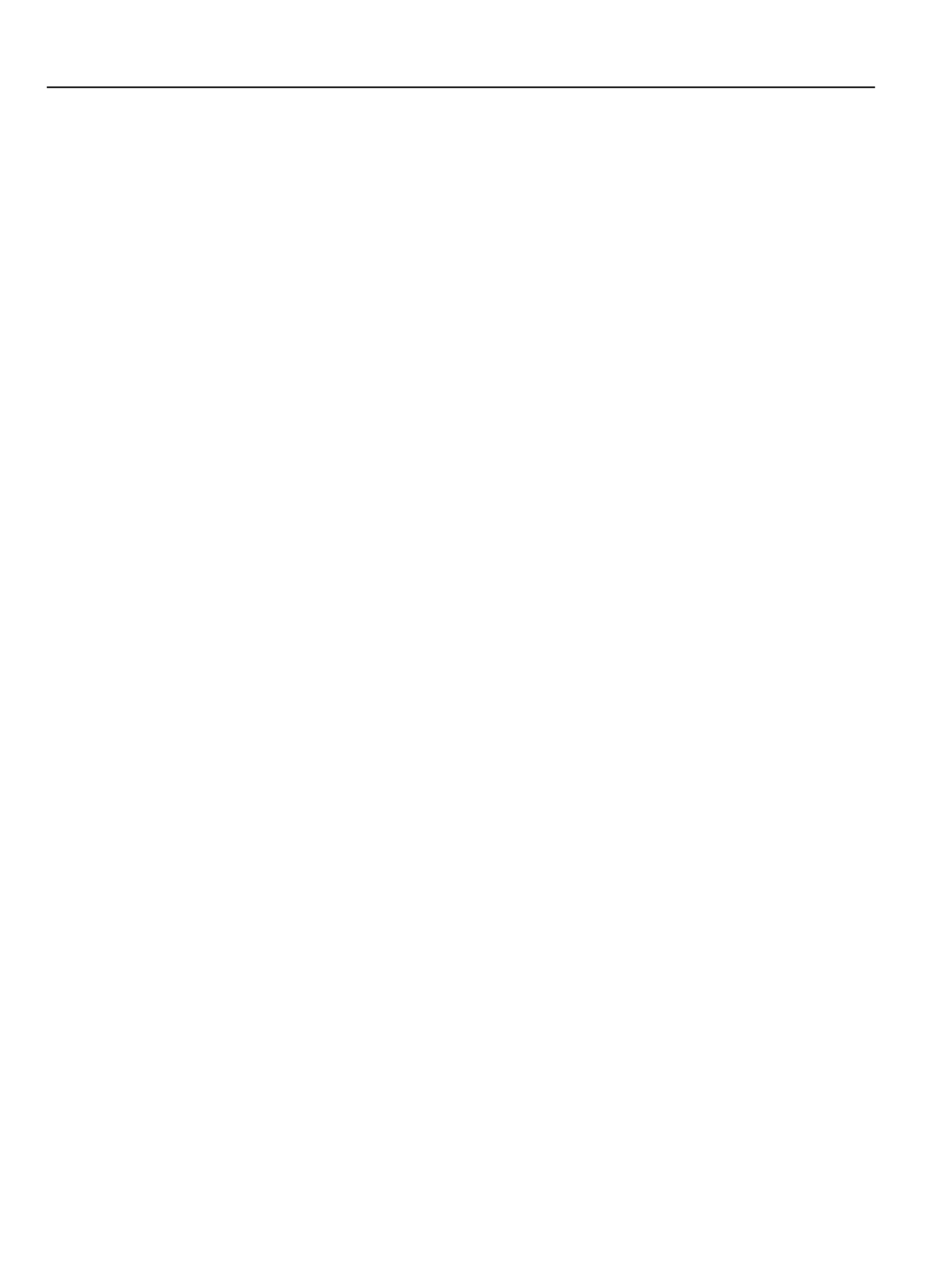
CRIMINAL LAWAND PROCEDURE
242
jewelry or other decoration or for some other
nonmedical purpose.
(c) Except as provided in subsection (e), a
person who recklessly, knowingly, or intentionally
provides a tattoo to a person who is less than
eighteen (18) years of age commits tattooing a
minor, a Class A misdemeanor.
(d) This subsection does not apply to an act of
a health care professional (as defined in IC 16-27-
2-1) licensed under IC 25 when the act is per-
formed in the course of the health care
professional’s practice. Except as provided in
subsection (e), a person who recklessly, knowingly,
or intentionally performs body piercing upon a per-
son who is less than eighteen (18) years of age
commits body piercing a minor, a Class A mis-
demeanor.
(e) A person may provide a tattoo to a person
who is less than eighteen (18) years of age or
perform body piercing upon a person who is less
than eighteen (18) years of age if a parent or legal
guardian of the person receiving the tattoo or
undergoing the body piercing:
(1) is present at the time the tattoo is pro-
vided or the body piercing is performed;
and
(2) provides written permission for the
person to receive the tattoo or undergo the
body piercing.
(f) Notwithstanding IC 36-1-3-8(a), a unit (as
defined in IC 36-1-2-23) may adopt an ordinance
that is at least as restrictive or more restrictive than
this section or a rule adopted under IC 16-19-3-
4.1 or IC 16-19-3-4.2.
35-45-21-5. Interference with medical
services.
(a) The following definitions apply through-
out this section:
(1) “Health care provider” refers to a health
care provider (as defined in IC 16-18-2-
163(a), IC 16-18-2-163(b), or IC 16-18-2-
163(c) or a qualified medication aide as
described in IC 16-28-1-11.
(2) “Licensed health professional” has the
meaning set forth in IC 25-23-1-27.1.
(3) “Practitioner” has the meaning set forth
in IC 16-42-19-5. However, the term does
not include a veterinarian.
(4) “Prescription drug” has the meaning set
forth in IC 35-48-1-25.
(b) A person who knowingly or intentionally
physically interrupts, obstructs, or alters the deliv-
ery or administration of a prescription drug:
(1) prescribed or ordered by a practitioner
for a person who is a patient of the prac-
titioner; and
(2) without the prescription or order of a
practitioner;
commits interference with medical services, a
Class Amisdemeanor, except as provided in sub-
section (c).
(c) An offense described in subsection (b) is:
(1) a Level 6 felony if the offense results
in bodily injury;
(2) a Level 5 felony if it is committed by
a person who is a licensed health care
provider or licensed health professional;
(3) a Level 4 felony if it results in serious
bodily injury to the patient; and
(4) a Level 2 felony if it results in the
death of the patient.
(d) Aperson is justified in engaging in conduct
otherwise prohibited under this section if the con-
duct is performed by:
(1) a health care provider or licensed health
professional who acts in good faith within
the scope of the person’s practice or
employment; or
(2) a person who is rendering emergency
care at the scene of an emergency or acci-
dent in a good faith attempt to avoid or
minimize serious bodily injury to the
patient.
ARTICLE 46.
MISCELLANEOUS OFFENSES
Ch. 1.
Offenses Against the Family.
Ch. 2.
Offenses Relating to Civil Rights.
Ch. 3.
Offenses Relating to Animals.
Ch. 5.
Offenses Against Public Sensibility.
Ch. 6.
Inhaling Toxic Vapors; Distributing Nitrous
Oxide.
Ch. 7.
Offenses Against Persons Receiving Care.
Ch. 8.
Unlawful Recording.
Ch. 8.5.
Unlawful Photography and Surveillance
on Private Property.
Ch. 9.
Operating a Motorboat While Intoxicated.


